Ethereum is about to upgrade Dencun, what will it bring?
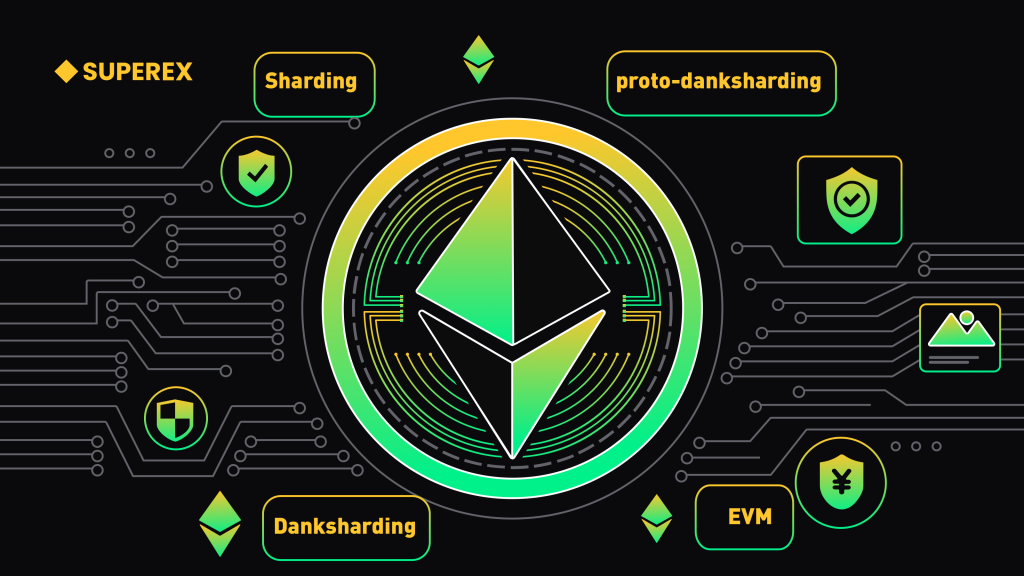
Guide reading
The upcoming hard fork upgrade of Cancun-Deneb (“Dencun”) in Ethereum will be deployed in the main network on March 13th. This marks a major hard fork update to improve the scalability, security and user-friendliness of Ethereum network, especially for the prototype EIP-4844-fragmentation.
As a part of the roadmap plan of Ethereum, it is called “The Surge”, and this upgrade is a key step for scalability enhancement and Gas optimization.
- Click to register SuperEx
- Click to download the SuperEx APP
- Click to enter SuperEx CMC
- Click to enter SuperEx DAO Academy — Space
The following are the expectations for Dencun upgrade:
· EIP-4844: Improve scalability.
· EIP-1153: Reduce the cost of data storage on the chain.
· EIP-4788: Improve safety and functionality.
· EIP-5656: fine-tuning EVM performance
· EIP-6780: Improving network security.
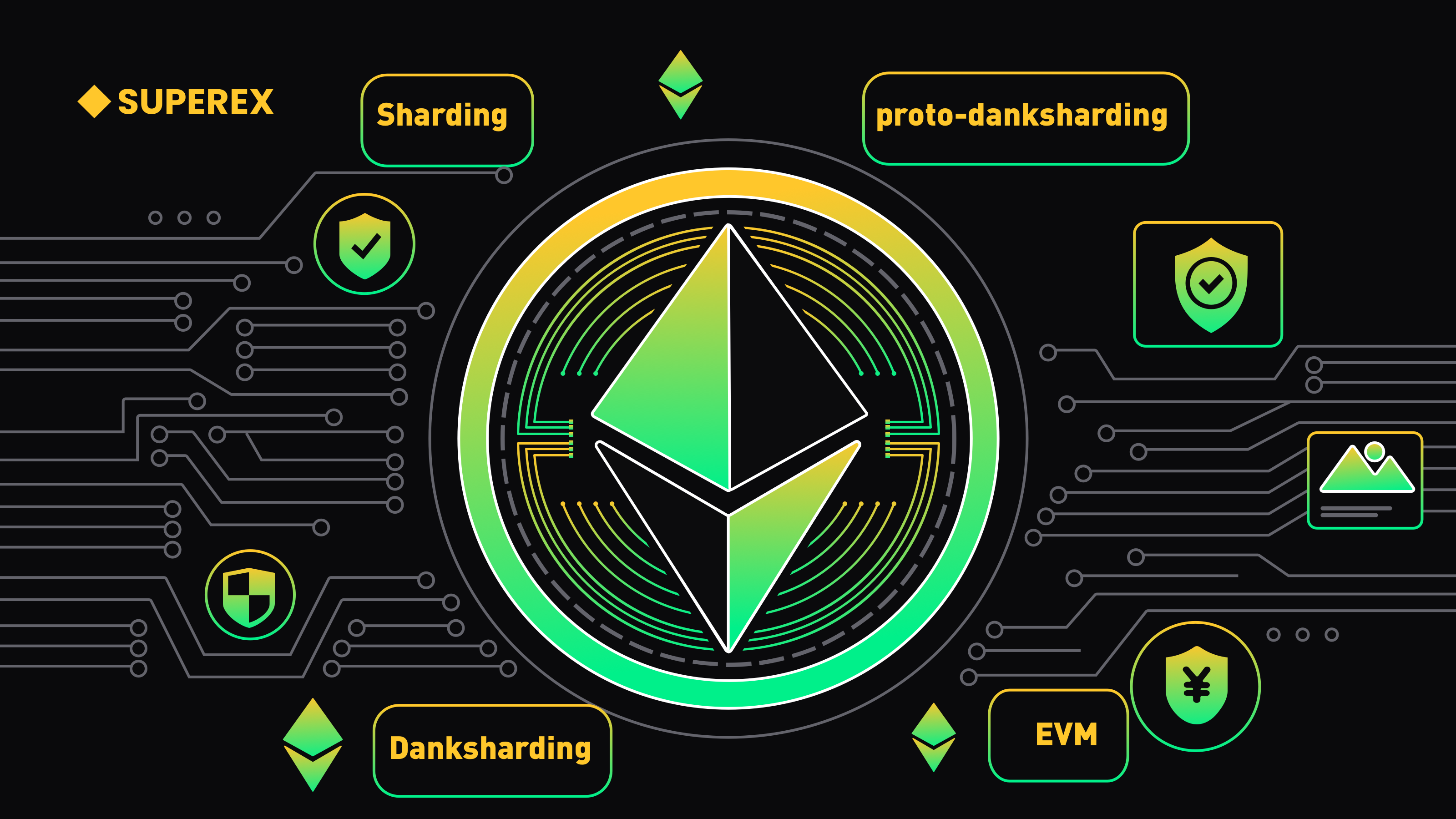
Although the approval of spot Ethereum ETF is still within the attention of investors, the immediate focus is the upcoming upgrade of Ethereum Dencun. In the past year, the Ethereum blockchain successfully implemented some of the most important and technically significant upgrades, such as Shapella upgrade (Shanghai upgrade).
Now, developers are fully preparing “Cancun+Deneb”, focusing on scalability through proto-danksharding (also known as EIP-4844).
To be sure, the upgrade of Dencun marks the beginning of the era of “The Surge” in the roadmap of Ethereum, paving the way for large-scale scalability through Layer 2 Rollup. These Rollup will make Ethereum more accessible and user-friendly, and promote the adoption and practicability in various fields, including DeFi 2.0.
Miles Deutscher, cryptocurrency analyst, stressed that the upgrade of Dencun in Ethereum will greatly reduce the transaction costs on the Layer-2 platform. At the same time, it improves the commercial feasibility of dApp developers and users. Compared with other L1’s, this transformation will make L2 a more attractive choice and provide a positive catalyst for various fields such as DeFi applications, game platforms and online transactions.
So, what will Dencun upgrade bring?
The following are the expectations for Dencun upgrade:
· EIP-4844: Improve scalability.
· EIP-1153: Reduce the cost of data storage on the chain.
· EIP-4788: Improve safety and functionality.
· EIP-5656: fine-tuning EVM performance
· EIP-6780: Improving network security.
The outstanding feature of Dencun is the realization of Proto-Danksharding. Through EIP-4844(Proto-Danksharding), a new transaction type called “carrying blob transaction” is introduced, which reduces the transaction cost of L2 users and improves the transaction throughput of Ethereum.
Let’s explain: since the pledge withdrawal was enabled in the upgrade of Shanghai in April 2023, the focus of developers has shifted to improving the scalability of Ethereum, and realizing faster transactions and lower costs through a technology called proto-danksharding.
When referring to proto-danksharding technology, we have to mention the concept of scalability brought by Sharding technology.
Sharding is a relatively mature scalability concept, that is, the blockchain is broken down into smaller parts or fragments, and each fragment handles a part of the total transaction. This allows transactions to be processed in parallel, thus improving efficiency. Each fragment has a subset of all nodes in the network, which will handle the transactions of its fragment.
After talking about the concept of fragmentation, let’s turn the topic back to Ethereum: Ethereum’s fragmentation is named Danksharding conceptually, and its main innovation is to introduce the merger market cost and the separation mechanism of proposer/builder, which helps to prevent MEV attacks.
Proto-danksharding technology is the first step of Danksharding’s implementation. Its main function is to introduce blob data structure to realize Gas optimization while retaining the security and decentralization advantages of the main network Ethereum.
To end with the words of Vitalik Buterin, the founder of Taifang: “The purpose of the Ethereum Consensus Agreement is not to ensure the permanent storage of all historical data. Instead, the goal is to provide a highly secure real-time bulletin board and leave room for other decentralized protocols for longer-term storage. ”


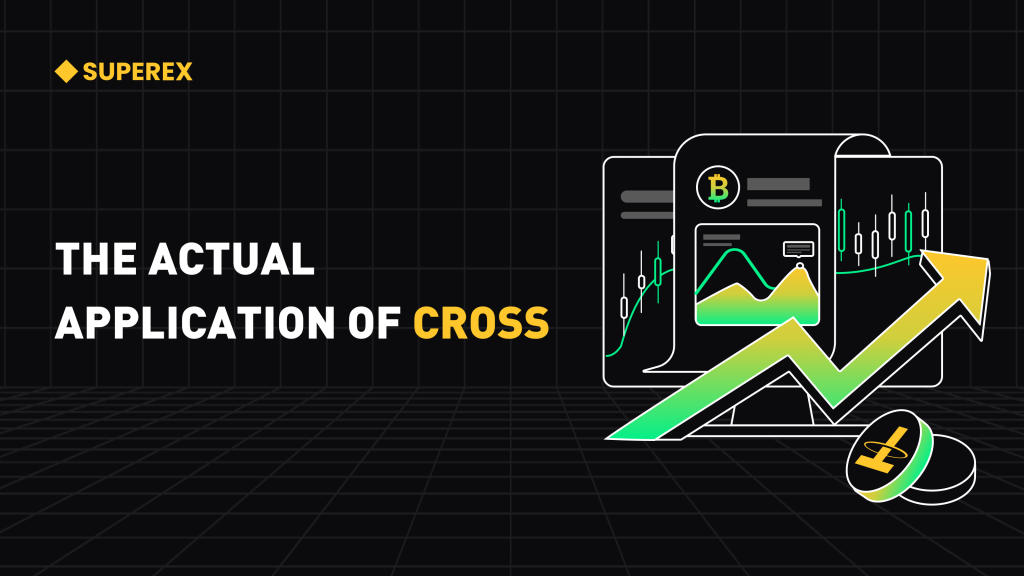

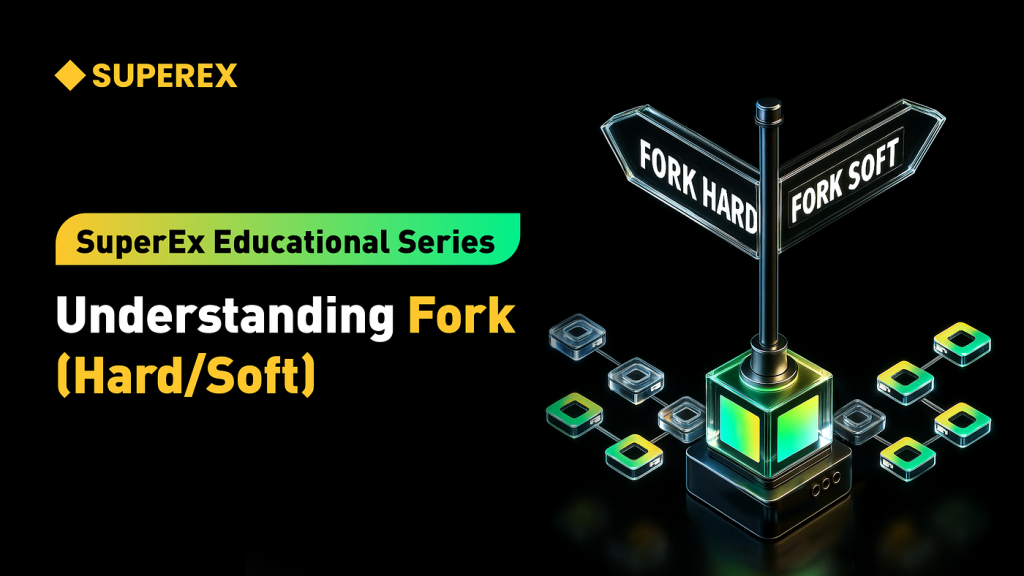
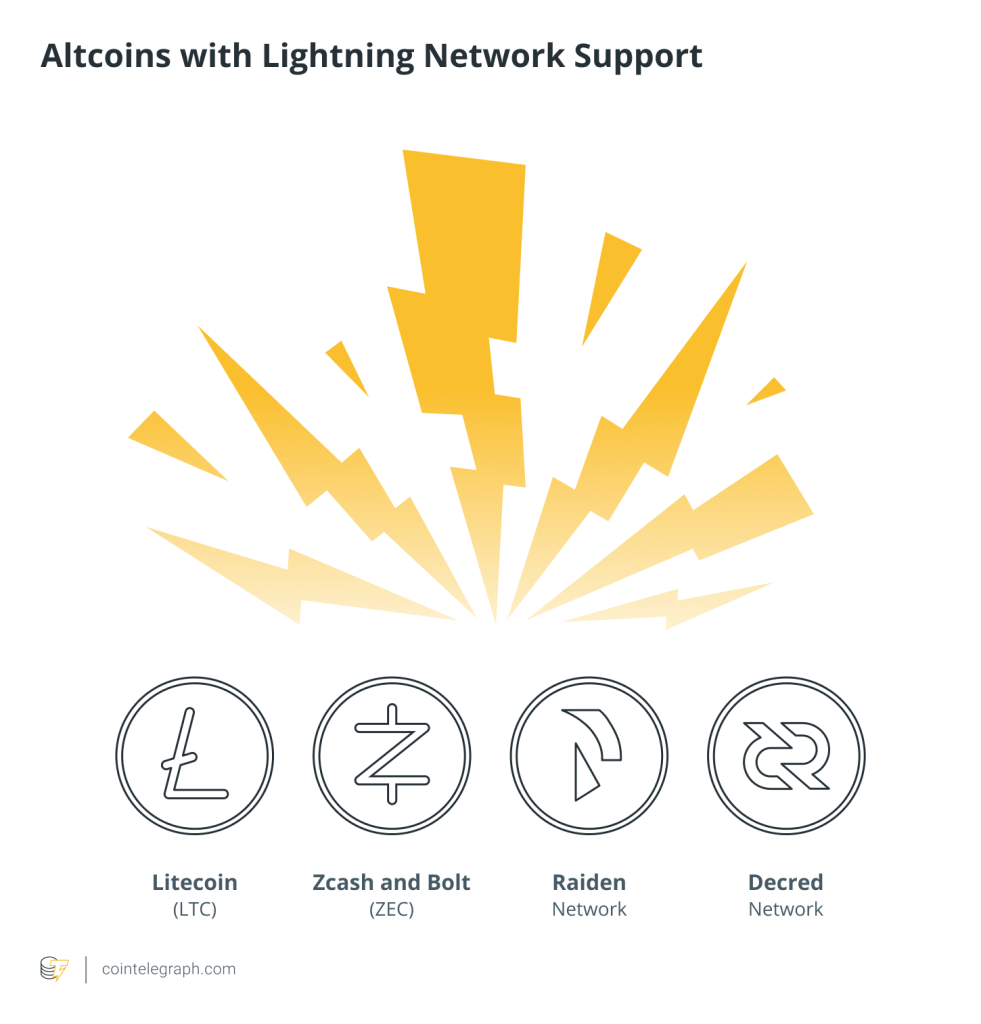
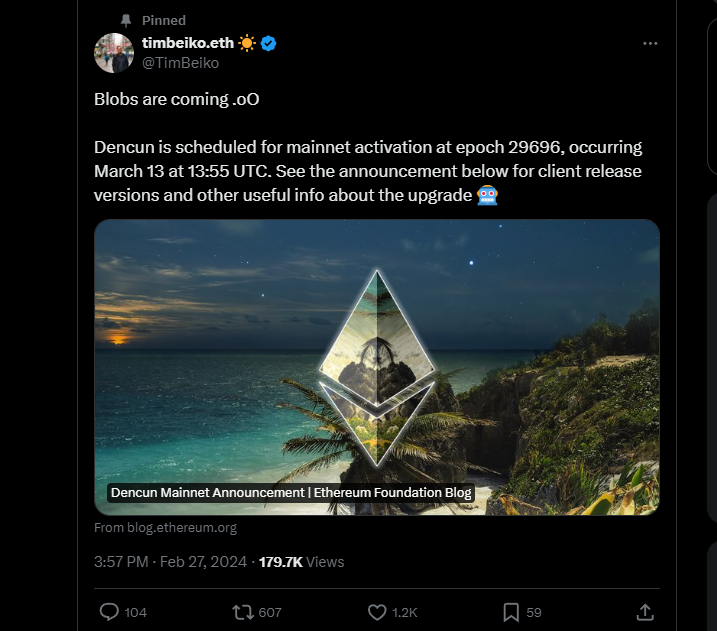
Responses